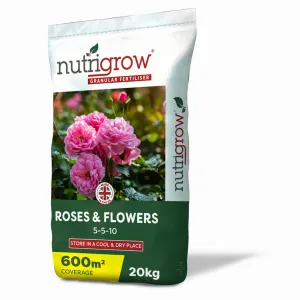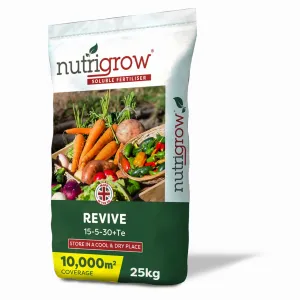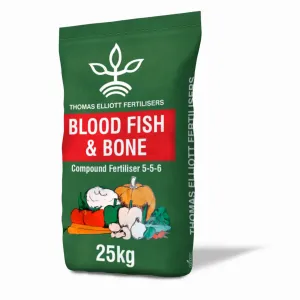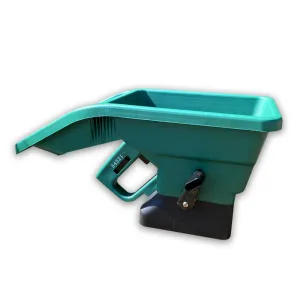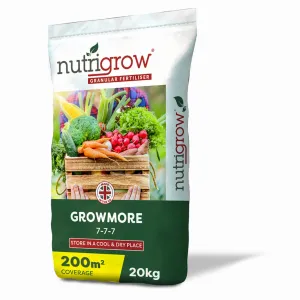There’s nothing quite as lovely as a classic British herbaceous border; roses, geraniums, lavender and astrantia framing lofty spikes of foxgloves, delphiniums, and lupins – and all set against climbing roses, clematis and honeysuckle. What could be nicer or more fragrant in the summer garden?
The key to robust plant growth and outstanding blooms in borders is a solid foundation – healthy soil. For plants to be at their best, they need to be well nourished and free from risk of disease and pests.
The good news is that given the correct nourishment, plants will build resilience to see off those risks themselves – robust plants are more resilient plants.
Which nutrients are needed for flower formation?
While nitrogen is key to plant growth, too much of it will only encourage plants to put on leafy green foliage.
So, when you’re keen to improve the volume of blooms and get flowers to look their best, you need to dial back on the nitrogen and look to increase the potassium volume a little.
Potassium (potash) is used for metabolism - regulating water and nutrient movement. It can help toughen plants to improve resistance to pests and diseases, so select a fertiliser that contains a decent amount of this macro nutrient.
Potassium is also used to activate plant enzymes which support essential functions like photosynthesis and respiration. A potassium deficiency can stunt the growth of plants, causing stress which can reduce their ability to put on flowers.
Which fertilisers have the right nutrient balance for borders?
Given we know we need a fertiliser with a higher balance of potassium, we would recommend Growmore 7-7-7 and Nutrigrow Rose Fertiliser 5-5-10+Mg. This contains a good balance of 5% nitrogen and 5% phosphate, but with a 10% potassium boost.
The lower level of nitrogen will help ensure that any green foliage growth will not overtake bloom production. The addition of magnesium (2% magnesium oxide) will also aid photosynthesis.
Another fertiliser to consider is our Nutrigrow 15-5-30 with a range of micronutrients. This has a higher amount of nitrogen and potassium together with magnesium and sulphur – also good for seed and flower development.
An equally effective organic option is Blood Fish and Bone – a powdered fertiliser with 5% nitrogen, 5% phosphate and 6.5% potassium. Want to know the difference between organic and artificial fertilisers? Take a look at our guide here.
All borders will benefit from an application of fertiliser, even one without the higher potash content will improve the development of all perennial and annual flowers, over doing nothing.
How should I apply fertiliser to borders?
Fertilisers should be applied to border soil in the period post dormancy, which is usually early spring. Assuming there is no risk of frost, March and April are great months to do this.
Spread granular fertilisers around the bases of border plants according to the package distribution rates. You can do this by hand or use a purpose made spreader. Our rose and flower fertiliser 20kg bag will cover up to 600m2 of border.
To improve your chances of a brilliant border, you can remove weak, malformed or small buds and flowers to help deliver energy to the remaining healthier blooms.
In addition, flowering perennials that bloom later in the summer can be encouraged to put on more flowers by cutting back new stems in May to promote side shoots.
Fertiliser will greatly improve your chances of a wonderful floral display whether your borders are planted with traditional English perennials for a late spring bloom, or you’ve planted for the entire season.
If you need advice or have questions about fertilisers for flowers, get in touch with our technical team today.




